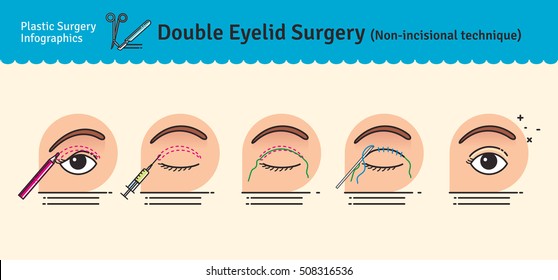Embark On A Fascinating Trip Through The Development Of Cataract Surgical Treatment Methods, From Old Origins To Advanced Innovations That Are Improving The Future Of Eye Treatment
Embark On A Fascinating Trip Through The Development Of Cataract Surgical Treatment Methods, From Old Origins To Advanced Innovations That Are Improving The Future Of Eye Treatment
Blog Article
Web Content Create By-Cullen Kearney
As you explore the evolution of advanced cataract surgical procedure strategies, you'll witness a journey marked by ingenuity and accuracy. From ancient techniques that led the way for modern-day innovations to sophisticated innovations that are changing the area, the extensive review of cataract surgical treatment strategies is a testimony to human progress and commitment to boosting individual end results. The complex interplay between historical techniques and advanced improvements produces an interesting narrative that sheds light on the development of one of one of the most common surgical procedures worldwide.
Historical Strategies and Advancements
Explore exactly how early doctors revolutionized cataract therapy by using ingenious strategies and tools. In the past, cataract surgery was a dangerous and unpleasant procedure. Nevertheless, ancient Indian doctors were among the very first to try surgical treatments for cataracts, utilizing a technique called 'couching' where a sharp tool was used to press the cataract back right into the eye. options to cataract surgery , though crude by today's criteria, prepared for future innovations in cataract surgery.
As time proceeded, Arab doctors made significant contributions by establishing specialized needles for cataract extraction. These needles were used to puncture the cataract and after that extract it from the eye, noting a significant improvement in medical accuracy.
Later, in the 18th century, the French cosmetic surgeon Jacques Daviel pioneered the method of extracapsular cataract extraction, where the entire lens was gotten rid of undamaged with a bigger laceration. This noted a major development in cataract surgery methods, leading the way for the modern-day procedures we make use of today.
Modern Surgical Approaches
Early techniques in cataract surgery have advanced dramatically, resulting in the growth of contemporary surgical techniques that prioritize accuracy and enhanced client results. Suggested Studying involves a treatment called phacoemulsification, where an ultrasonic tool separate the cataract for removal with a small incision. This strategy permits quicker healing and lowers the threat of complications contrasted to older techniques.
In addition, the use of innovative intraocular lenses (IOLs) has reinvented cataract surgical procedure outcomes. These lenses can remedy not only the cataract yet additionally other refractive errors like astigmatism, minimizing the requirement for glasses post-surgery.
Surgeons today also have accessibility to sophisticated imaging modern technologies that aid in specific preoperative planning and intraoperative decision-making. Optical coherence tomography (OCT) and various other imaging techniques supply comprehensive images of the eye's structures, enabling a much more tailored strategy to each patient's surgical treatment. With these developments, modern cataract surgical procedure methods continue to improve, providing patients much safer procedures and much better visual end results.
Emerging Technologies in Cataract Surgical Procedure
With innovations in technology revolutionizing the area, cataract surgery is witnessing the combination of cutting-edge strategies for enhanced individual results. Arising modern technologies in cataract surgical procedure are improving the landscape of sensory procedures. One such advancement is femtosecond laser technology, which enables specific corneal incisions, capsulotomies, and lens fragmentation, leading to boosted medical precision and end results.
Furthermore, intraoperative aberrometry is getting popularity, enabling real-time dimensions of refractive errors throughout surgery to enhance intraocular lens power estimations and decrease postoperative refractive shocks.
Moreover, the use of sophisticated imaging technologies like optical coherence tomography (OCT) and intraoperative wavefront aberrometry aids cosmetic surgeons in accurate surgical planning and implementation. These tools provide thorough anatomical info and help personalize medical strategies for each client's distinct eye characteristics.
Furthermore, developments in expert system are being checked out to assist in preoperative preparation, intraoperative decision-making, and postoperative treatment, potentially maximizing surgical results and client fulfillment. Accepting these emerging innovations in cataract surgical treatment holds pledge for additional enhancing client results and guaranteeing the proceeded evolution of ophthalmic medical strategies.
Verdict
As you journey via the history of cataract surgery, you witness the transformation from ancient techniques to advanced modern technologies. Like a phoenix metro increasing from the ashes, cataract surgery has progressed into a sign of hope and advancement.
Just as a caterpillar arises from its cocoon as a gorgeous butterfly, cataract surgery has progressed into a polished art form, offering people clearer vision and a brighter future.
The advancement proceeds, beaming a light on countless possibilities.
